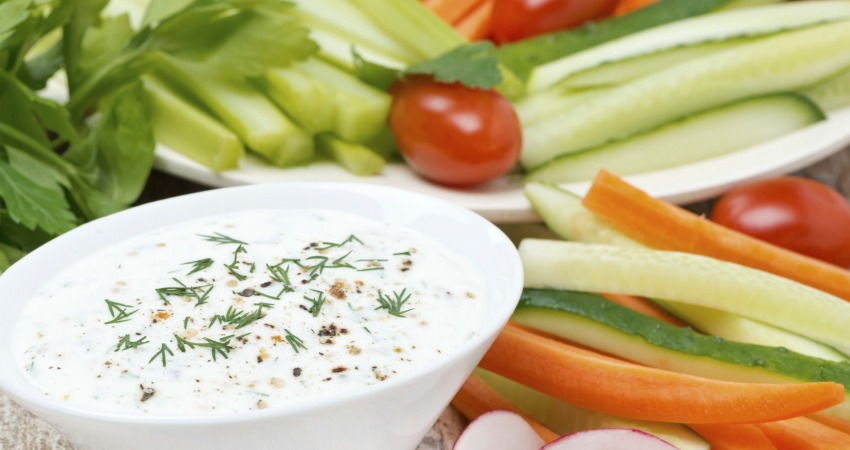Send Your Kids to School with Healthy and Delicious Lunches

Back to school season is here, and along with new schedules, new school clothes and new books comes the opportunity to try some new healthy meal plans! Often the new schedules and initial adjustment can take priority during the busy day, and that can mean lunches are whatever is in the fridge and cupboards at the time.
With a little planning ahead and stocking up on some of the most often used groceries meal planning can be nutritious as well as easy to throw together for busy days. If you plan on making your kids’ meals at home for them to bring to school the next day, try some of these tips and tricks:
Keep the kitchen stocked with popular fruits, vegetables and snacks. Make a list of family favorites (mandarin oranges, cheese sticks, nuts, berries, pretzel sticks, hummus with pita chips, or yogurt sticks) and keep them in the house to add as handy sides to lunches. Put these items at the top of your grocery list and check the amount you have on hand before grocery shopping and cross them off if you have plenty.
Plan meals for the following week. Use the weekend to plan meals for the week ahead, and base your grocery list on those meals. Be sure to keep your meal plans and grocery lists; after four weeks you can rotate and start over with the initial plan. This is an easy way to start over with meal planning without spending lots of time. Change meals when needed (sometimes meals are not as popular as others, or repetition becomes boring).
Start with fruits and vegetables. An easy way to build to-go lunches is start with one serving fruit, and one serving vegetable such as a small-medium apple, with one-half cup baby carrot sticks, or one small or medium orange slices with one-half cup broccoli, or one-half cup green beans with one-half cup sliced pears. This is a perfect opportunity to try new fruits and vegetables. Remember, it takes usually eight to 10 times before most kids find new foods acceptable, so repetition and patience will be key!
Choose lean protein. Lean protein like chicken, fish, low fat beef, and low fat pork will be better choices for kids than cuts of meat with higher fat content. Look for “low fat” or “lean cut” on the packaging. Cook your meats up to 165 degrees initially, and then serve them cold (like 3 oz. sliced chicken on a green salad, or meatballs with some ketchup/spaghetti sauce, or sliced turkey in a tortilla wrap).
Finish your healthy lunch plan with whole grains and low fat dairy (or a dairy substitute). Whole grains include whole wheat bread, brown rice, whole wheat pasta, whole wheat tortilla wrap, and exotic grains like quinoa, farro, spelt, and bulger. With each meal aim for one-half cup whole grain or more (two whole wheat bread slices will fit this, or one-half cup brown rice). Low fat dairy and dairy substitutes come in all kinds of single serving packages and are easy to store in lunch boxes. One or 2 percent milk is preferable to whole milk, and low fat chocolate milk can be a nice treat especially on a physically active day (sports games, physical education classes, etc.).
Try some new recipes occasionally to break up the monotony. Recipes like Brazilian beans and rice, shrimp gumbo, Mediterranean salad, and vegetable stir fry can help mix up your meals and help prevent meal skipping or boredom.
Have a backup plan. When life gets busy (as it does sometimes) having a backup plan can help for days when meal planning and grocery shopping are not an option. When you are cooking dinner, double the portions of the recipe and portion the extra out into individual storage containers. Label them with the title and the date and store them in the freezer (good for six months). These homemade frozen dinners are a great way to grab and go while racing out the door to catch the bus. Some good freezer meals include lasagna, chicken stir fry, casserole dishes, or beans with rice. Keeping stock of favorite snacks and food items make for quick meals that can be thrown together at the last minute.
Learn more about preparing healthy school lunches
A free healthy school lunch cooking demonstration will be held on Monday, Sept. 11 at 12 p.m. at St. Luke’s Jerome in the Barley Room. To register, call 208-814-0094.
About The Author

Kristopher Crane is a registered dietitian at St. Luke’s Magic Valley.


